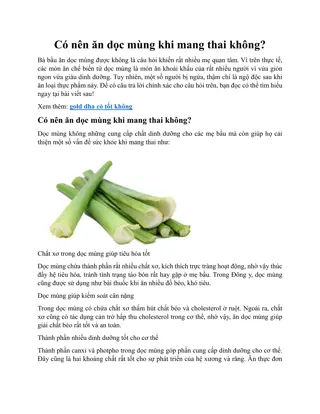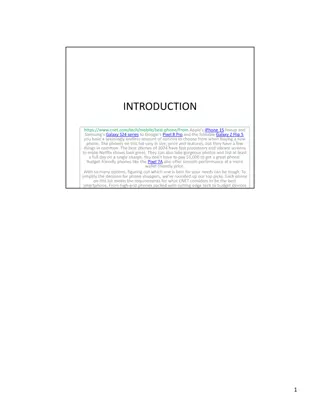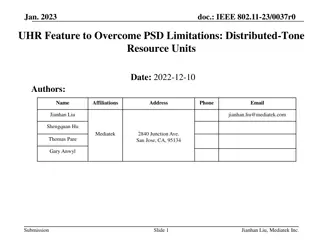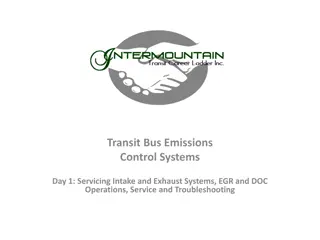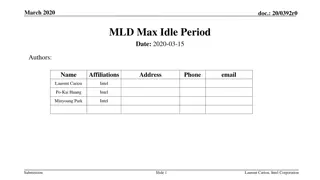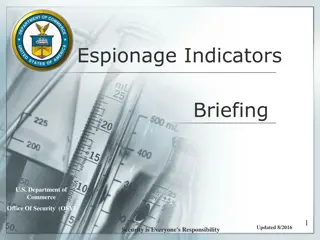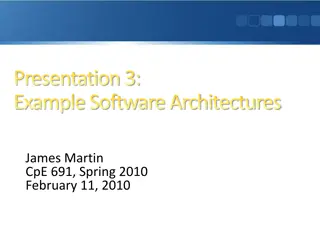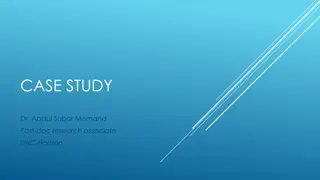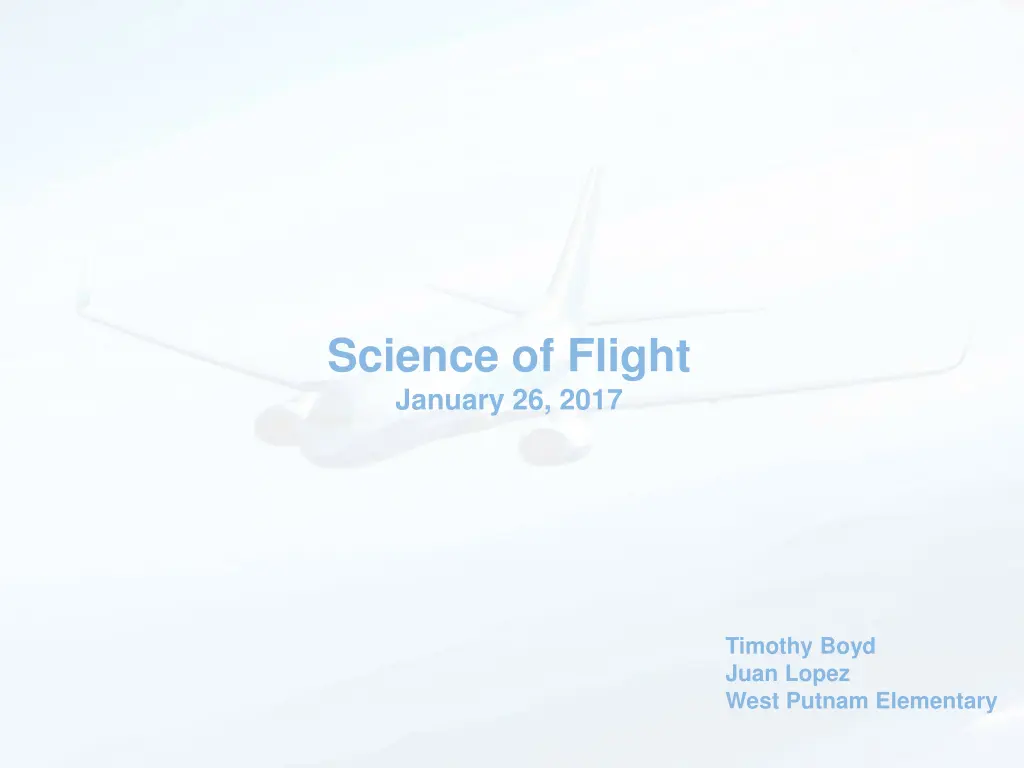
Discover the Fascinating World of Flight
Explore the science of flight with insights into how airplanes fly, the parts of an airplane, different types of airplanes, and the process of building airplanes. Learn about lift, thrust, drag, and weight, and delve into the wonders of aviation through captivating visuals.
Download Presentation

Please find below an Image/Link to download the presentation.
The content on the website is provided AS IS for your information and personal use only. It may not be sold, licensed, or shared on other websites without obtaining consent from the author. If you encounter any issues during the download, it is possible that the publisher has removed the file from their server.
You are allowed to download the files provided on this website for personal or commercial use, subject to the condition that they are used lawfully. All files are the property of their respective owners.
The content on the website is provided AS IS for your information and personal use only. It may not be sold, licensed, or shared on other websites without obtaining consent from the author.
E N D
Presentation Transcript
Science of Flight January 26, 2017 Timothy Boyd Juan Lopez West Putnam Elementary
Science of Flight What is flight? Flight is the process by which an object moves through the earth s atmosphere or through space without direct support from any surface. What can fly? Many things can fly such as birds, insects, airplanes, helicopters, balloons and rockets. Today s latest invention DRONES!! YES, you need a pilots license to fly a drone! 2
Parts of an Airplane What are the parts of an airplane? The airplane has six main parts fuselage, wings, horizontal stabilizer, rudder, landing gear, and the engine. Fuselage is the body of the airplane which accommodates the crew, passengers and cargo. Wings provides lift and support the weight of the aircraft. Horizontal Stabilizer is the horizontal surface of the aft part of the fuselage used to balance the airplane. Rudder is the moveable vertical section of the tail which controls lateral movement. Landing Gear located underneath the airplane, supports the airplane while on the ground. Engine used to propel the airplane through the air. 3
How Airplanes Fly How do airplanes fly? Airplanes fly because they are able to generate a force called Lift which normally moves the airplane upward. Lift is generated by the forward motion of the airplane through the air. This motion is produced by the Thrust of the engine(s). Thrust, Lift , Drag and Weight. Drag is the force produced by the resistance of the air to the forward motion of the airplane. Swish your hand rapidly side-to-side and you will feel that resistance on your hand. Weight is the force created by the pull of gravity toward the center of the earth. You will feel the effect of this force if you jump up from the floor. Your weight will force you back down. When the Thrust produced by the engine(s) is greater than the force of Drag, the airplane moves forward. When the forward motion is enough to produce a force of Lift that is greater than the Weight, the airplane moves upward. While any part of the airplane can produce Lift, the most Lift comes from the wings. 5
How Do Planes Fly? How do airplanes fly? Let s ask the Airplane Guy 6
Types of Airplanes How many types of airplanes are there? There are many types of airplanes but the most common are fixed-wing and rotary wing airplanes. Fixed Wing kites, gliders, powered Rotary Wing helicopters 7
How Are Airplanes Built How are airplanes built? Let ask Boeing 8



